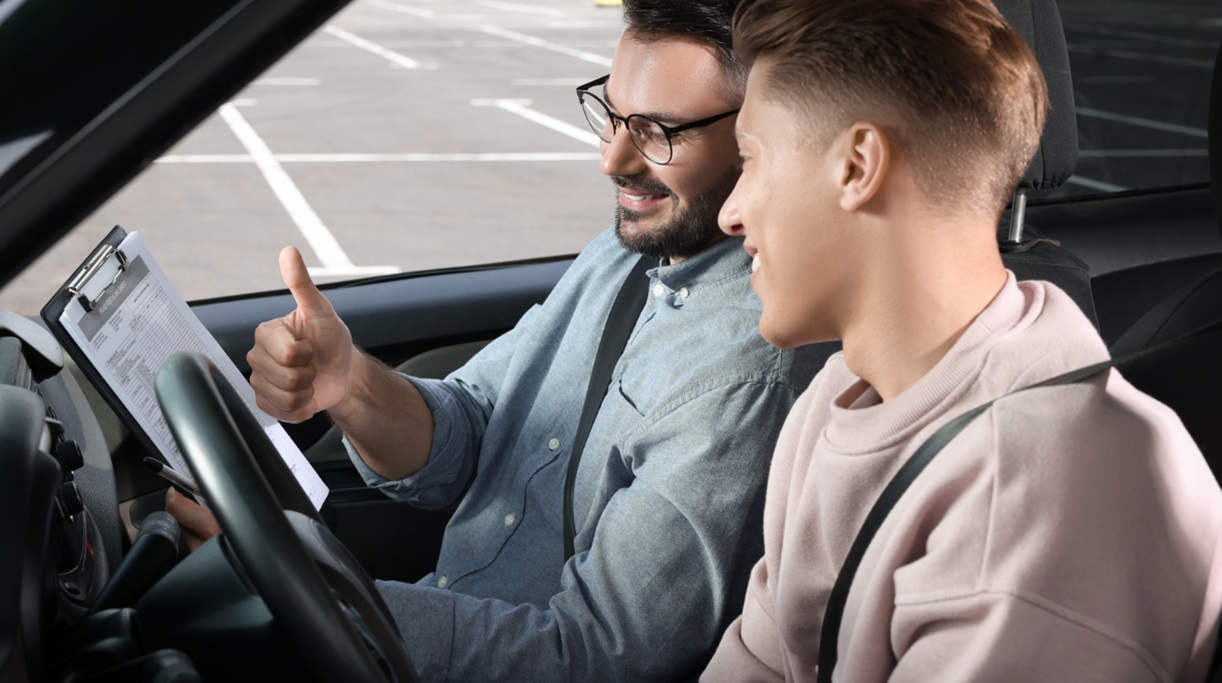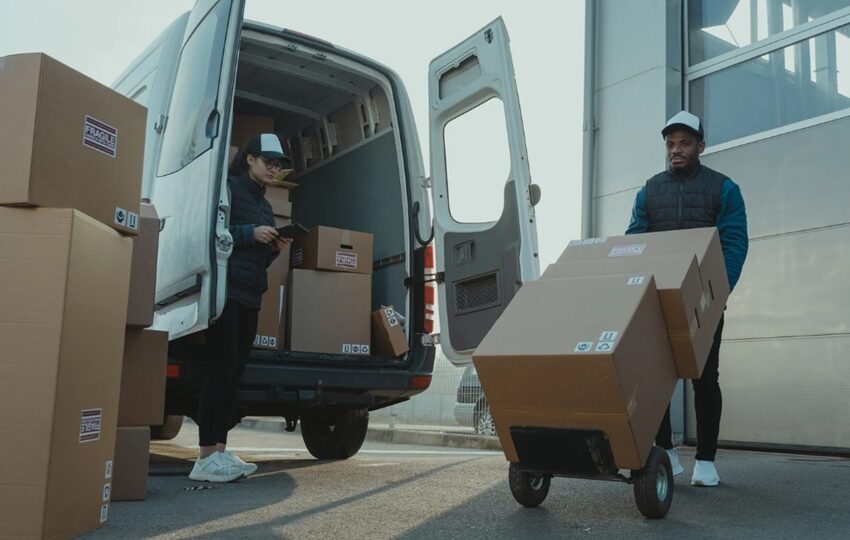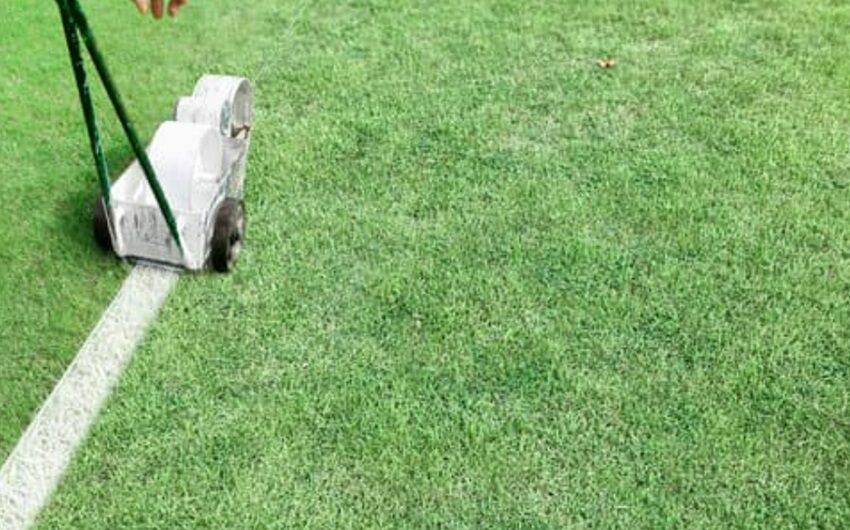Maintaining a safe following distance is one of the core principles of defensive driving. It allows drivers to react to unexpected situations, reducing the risk of collisions. In a city like Austin, with its busy streets and highways, understanding the importance of following distance can be the difference between avoiding an accident and becoming involved in one. Learning about defensive driving in Austin, TX, is an essential step to improving road safety and ensuring that drivers keep a safe buffer between themselves and other vehicles.
Why Following Distance Matters
A proper following distance ensures that drivers have enough time to react to sudden stops, turns, or other unexpected road conditions. This space acts as a safety cushion, providing enough reaction time to brake or take evasive action if necessary. Following too closely, often known as “tailgating,” increases the likelihood of rear-end collisions, which can often be avoided with appropriate spacing between vehicles.
The 3-Second Rule
The 3-second rule is a popular guideline used in defensive driving to determine a safe following distance. It involves watching the vehicle in front passes a stationary object, like a signpost, and counting three seconds before your vehicle passes the same object. This rule gives drivers enough time to react in most situations. However, in poor weather conditions like rain or fog, increasing the following distance to four or more seconds is recommended.
Defensive Driving and Managing Road Rage
Following too closely can trigger road rage in other drivers, particularly those who feel pressured or uncomfortable with another vehicle tailgating them. One of the key aspects of defensive driving is to manage and avoid road rage on the road. Learning how to manage situations like this can be crucial. Defensive driving techniques help drivers remain calm and composed, reducing the chances of escalation. To learn more, check out this blog post.
Adjusting Following Distance Based on Conditions
The ideal following distance isn’t static; it must be adjusted based on the speed, traffic, and road conditions. For example, more space between vehicles is necessary if you are driving in heavy traffic or on a high-speed highway. Additionally, wet or icy roads require greater distances to allow for longer stopping times. This adjustment can prevent accidents and create safer driving environments for everyone on the road.
The Impact of Defensive Driving Courses
Defensive driving courses emphasize the importance of maintaining a safe following distance and can enhance overall driving skills. Proper training equips drivers with the ability to anticipate potential hazards and react accordingly. For instance, studies show that defensive driving courses can lead to a decrease in the number of accidents caused by tailgating and speeding.
Also Read: How Defensive Driving Courses Improve Your Driving Attitude?
Conclusion
Maintaining a safe following distance is essential to practicing defensive driving. By following simple guidelines such as the 3-second rule and adjusting based on road conditions, drivers can significantly reduce the likelihood of accidents. Defensive driving courses offer valuable lessons that help drivers stay calm, avoid road rage, and create safer road environments for everyone. By prioritizing space and time on the road, accidents can be minimized, and driving becomes a much safer experience for all.
Frequently Asked Questions
What is the 3-second rule in driving?
The 3-second rule is a guideline used to determine a safe following distance. It suggests leaving a 3-second gap between your car and the vehicle ahead under normal driving conditions.
How can I adjust my following distance in bad weather?
In poor weather conditions like rain, fog, or snow, it’s recommended to increase the following distance to 4 or more seconds to allow for longer stopping times.
Why is following distance important in defensive driving?
Proper following distance allows for better reaction times, helping to prevent rear-end collisions and manage unexpected road situations safely.






